Anjana Bhat
MMASD+: A Novel Dataset for Privacy-Preserving Behavior Analysis of Children with Autism Spectrum Disorder
Aug 27, 2024Abstract:Autism spectrum disorder (ASD) is characterized by significant challenges in social interaction and comprehending communication signals. Recently, therapeutic interventions for ASD have increasingly utilized Deep learning powered-computer vision techniques to monitor individual progress over time. These models are trained on private, non-public datasets from the autism community, creating challenges in comparing results across different models due to privacy-preserving data-sharing issues. This work introduces MMASD+. MMASD+ consists of diverse data modalities, including 3D-Skeleton, 3D Body Mesh, and Optical Flow data. It integrates the capabilities of Yolov8 and Deep SORT algorithms to distinguish between the therapist and children, addressing a significant barrier in the original dataset. Additionally, a Multimodal Transformer framework is proposed to predict 11 action types and the presence of ASD. This framework achieves an accuracy of 95.03% for predicting action types and 96.42% for predicting ASD presence, demonstrating over a 10% improvement compared to models trained on single data modalities. These findings highlight the advantages of integrating multiple data modalities within the Multimodal Transformer framework.
MMASD: A Multimodal Dataset for Autism Intervention Analysis
Jun 16, 2023



Abstract:Autism spectrum disorder (ASD) is a developmental disorder characterized by significant social communication impairments and difficulties perceiving and presenting communication cues. Machine learning techniques have been broadly adopted to facilitate autism studies and assessments. However, computational models are primarily concentrated on specific analysis and validated on private datasets in the autism community, which limits comparisons across models due to privacy-preserving data sharing complications. This work presents a novel privacy-preserving open-source dataset, MMASD as a MultiModal ASD benchmark dataset, collected from play therapy interventions of children with Autism. MMASD includes data from 32 children with ASD, and 1,315 data samples segmented from over 100 hours of intervention recordings. To promote public access, each data sample consists of four privacy-preserving modalities of data: (1) optical flow, (2) 2D skeleton, (3) 3D skeleton, and (4) clinician ASD evaluation scores of children, e.g., ADOS scores. MMASD aims to assist researchers and therapists in understanding children's cognitive status, monitoring their progress during therapy, and customizing the treatment plan accordingly. It also has inspiration for downstream tasks such as action quality assessment and interpersonal synchrony estimation. MMASD dataset can be easily accessed at https://github.com/Li-Jicheng/MMASD-A-Multimodal-Dataset-for-Autism-Intervention-Analysis.
Pose Uncertainty Aware Movement Synchrony Estimation via Spatial-Temporal Graph Transformer
Aug 01, 2022


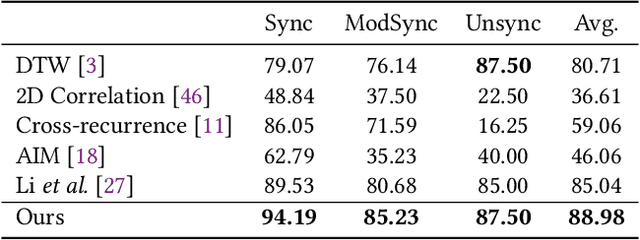
Abstract:Movement synchrony reflects the coordination of body movements between interacting dyads. The estimation of movement synchrony has been automated by powerful deep learning models such as transformer networks. However, instead of designing a specialized network for movement synchrony estimation, previous transformer-based works broadly adopted architectures from other tasks such as human activity recognition. Therefore, this paper proposed a skeleton-based graph transformer for movement synchrony estimation. The proposed model applied ST-GCN, a spatial-temporal graph convolutional neural network for skeleton feature extraction, followed by a spatial transformer for spatial feature generation. The spatial transformer is guided by a uniquely designed joint position embedding shared between the same joints of interacting individuals. Besides, we incorporated a temporal similarity matrix in temporal attention computation considering the periodic intrinsic of body movements. In addition, the confidence score associated with each joint reflects the uncertainty of a pose, while previous works on movement synchrony estimation have not sufficiently emphasized this point. Since transformer networks demand a significant amount of data to train, we constructed a dataset for movement synchrony estimation using Human3.6M, a benchmark dataset for human activity recognition, and pretrained our model on it using contrastive learning. We further applied knowledge distillation to alleviate information loss introduced by pose detector failure in a privacy-preserving way. We compared our method with representative approaches on PT13, a dataset collected from autism therapy interventions. Our method achieved an overall accuracy of 88.98% and surpassed its counterparts by a wide margin while maintaining data privacy.
Dyadic Movement Synchrony Estimation Under Privacy-preserving Conditions
Aug 01, 2022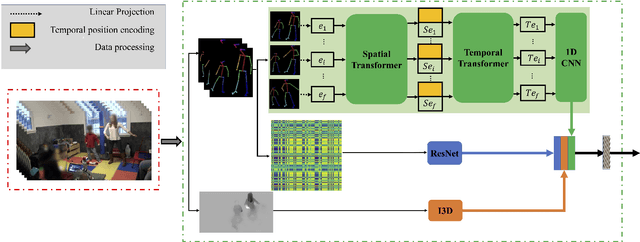
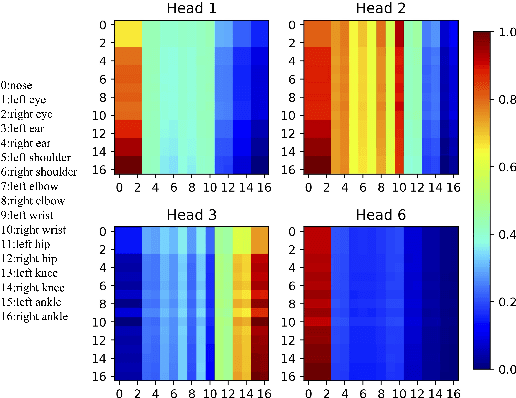
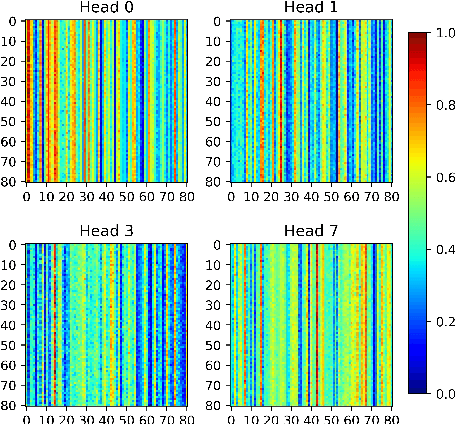

Abstract:Movement synchrony refers to the dynamic temporal connection between the motions of interacting people. The applications of movement synchrony are wide and broad. For example, as a measure of coordination between teammates, synchrony scores are often reported in sports. The autism community also identifies movement synchrony as a key indicator of children's social and developmental achievements. In general, raw video recordings are often used for movement synchrony estimation, with the drawback that they may reveal people's identities. Furthermore, such privacy concern also hinders data sharing, one major roadblock to a fair comparison between different approaches in autism research. To address the issue, this paper proposes an ensemble method for movement synchrony estimation, one of the first deep-learning-based methods for automatic movement synchrony assessment under privacy-preserving conditions. Our method relies entirely on publicly shareable, identity-agnostic secondary data, such as skeleton data and optical flow. We validate our method on two datasets: (1) PT13 dataset collected from autism therapy interventions and (2) TASD-2 dataset collected from synchronized diving competitions. In this context, our method outperforms its counterpart approaches, both deep neural networks and alternatives.
A Two-stage Multi-modal Affect Analysis Framework for Children with Autism Spectrum Disorder
Jun 17, 2021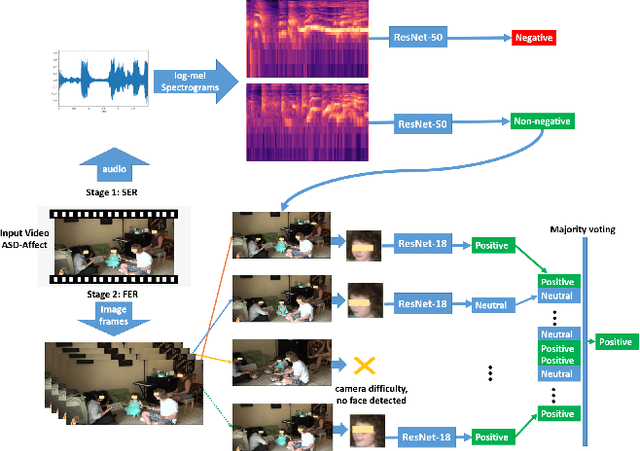
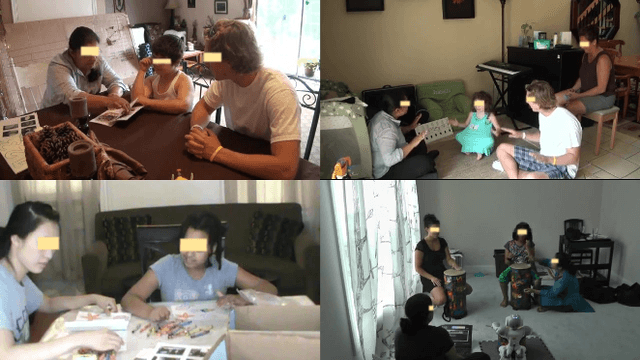
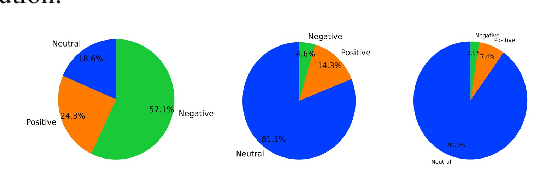
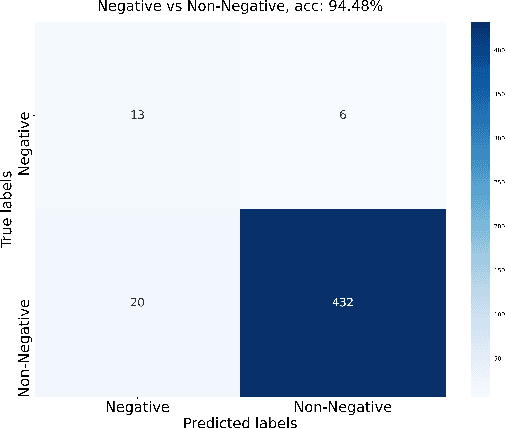
Abstract:Autism spectrum disorder (ASD) is a developmental disorder that influences the communication and social behavior of a person in a way that those in the spectrum have difficulty in perceiving other people's facial expressions, as well as presenting and communicating emotions and affect via their own faces and bodies. Some efforts have been made to predict and improve children with ASD's affect states in play therapy, a common method to improve children's social skills via play and games. However, many previous works only used pre-trained models on benchmark emotion datasets and failed to consider the distinction in emotion between typically developing children and children with autism. In this paper, we present an open-source two-stage multi-modal approach leveraging acoustic and visual cues to predict three main affect states of children with ASD's affect states (positive, negative, and neutral) in real-world play therapy scenarios, and achieved an overall accuracy of 72:40%. This work presents a novel way to combine human expertise and machine intelligence for ASD affect recognition by proposing a two-stage schema.
* 8 pages including reference; 8 figures
 Add to Chrome
Add to Chrome Add to Firefox
Add to Firefox Add to Edge
Add to Edge